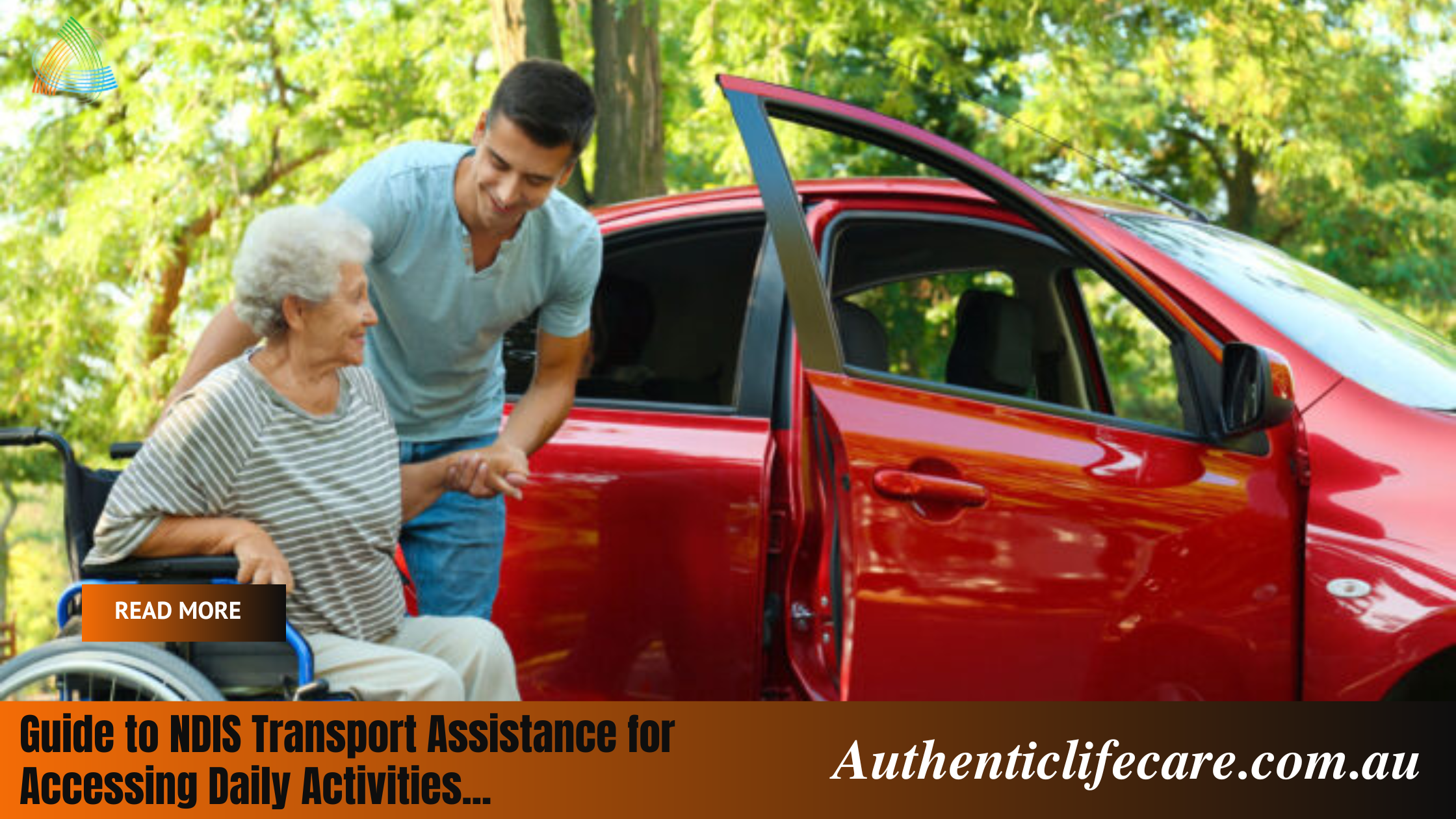Navigating public transportation can be a challenge for many people, but for those with disabilities, it can be an even more daunting task. Fortunately, the National Disability Insurance Scheme (NDIS) provides transport assistance to help participants access daily activities, whether it’s attending medical appointments or participating in social events. In this guide, we’ll take a closer look at the various types of transport assistance available through the NDIS and how to access them.
Types of Transport Assistance:
There are several types of transport assistance available to NDIS participants, depending on their individual needs and circumstances. These include:
Core Supports – Under the NDIS, Core Supports are designed to help participants with their everyday activities, including transport. This funding can be used to cover the cost of transportation to and from medical appointments, social events, and other daily activities.
Capacity Building – Capacity Building supports are designed to help participants develop their skills and independence. This includes learning how to navigate public transportation independently, as well as improving their mobility and access to community resources.
Specialised Disability Accommodation (SDA) – SDA funding is available to participants who require specialist accommodation due to their disability. This may include assistance with transportation to and from medical appointments or daily activities.
Assistive Technology – The NDIS also provides funding for assistive technology, such as mobility aids and wheelchair-accessible vehicles, to help participants with their transportation needs.
Accessing Transport Assistance:
To access transport assistance through the NDIS, participants need to include this in their NDIS plan. This involves discussing their transportation needs with their NDIS planner or Local Area Coordinator (LAC) and working together to determine the most suitable transport assistance options.
Once a participant’s plan is in place, they can use their funding to access transport assistance. This may involve hiring a carer or support worker to accompany them on public transport, or using a taxi or ride-sharing service. In some cases, participants may be eligible for a wheelchair-accessible vehicle or other assistive technology to help them travel independently.
Tips for Using Public Transport:
For participants who are able to use public transportation independently, there are several tips and tricks to make the experience easier and more comfortable:
Plan ahead – Research the public transportation options available in your area and plan your journey in advance. This can help you avoid rush hour crowds and find the most accessible routes.
Use accessibility features – Many public transport services offer accessibility features, such as wheelchair ramps and priority seating. Take advantage of these features to make your journey more comfortable.
Ask for assistance – Don’t be afraid to ask for assistance from the driver or other passengers if you need help navigating the bus or train.
Be prepared – Bring along any necessary medications, water, and snacks to ensure you’re comfortable during your journey.
Conclusion:
Transportation assistance can be a vital component of the NDIS for participants who require assistance with accessing daily activities. By understanding the various types of transport assistance available and how to access them, participants can improve their mobility and independence. With the right support and resources, navigating public transportation can become a more manageable and enjoyable experience for everyone.



